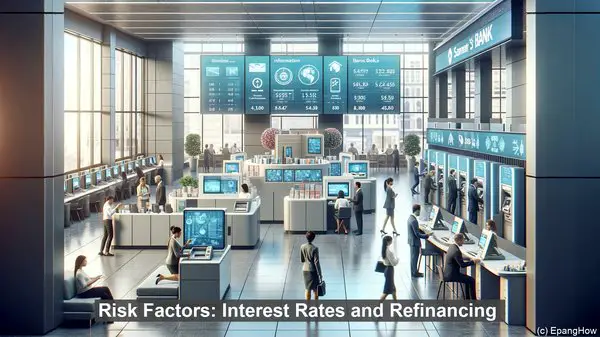Introduction: The Significance of Debt in Financial Management
Hello everyone! In the realm of financial management, debt plays a crucial role. It allows businesses to fund their operations, invest in growth, and manage cash flow. However, not all debts are created equal. Today, we’ll delve into the distinction between long-term and short-term debt, two fundamental categories that have distinct features and implications.
Defining Long-Term Debt: A Commitment Over Time
Long-term debt, as the name suggests, refers to financial obligations that extend beyond a year. It often involves substantial amounts, such as mortgages, bonds, or loans for major capital investments. Due to the extended repayment period, long-term debt typically carries lower interest rates compared to short-term debt. This makes it an attractive option for financing large-scale projects or acquiring fixed assets.
Exploring Short-Term Debt: Meeting Immediate Financial Needs
In contrast, short-term debt encompasses financial obligations that are due within a year or less. Examples include lines of credit, trade credit, or even credit card debt. Unlike long-term debt, short-term debt is usually obtained to address immediate funding requirements, such as inventory purchases or managing seasonal fluctuations. Consequently, it often carries higher interest rates, reflecting the perceived risk and the shorter repayment window.

Implications of Debt Duration: Stability vs Flexibility
One of the key considerations when choosing between long-term and short-term debt is the impact on financial stability and flexibility. Long-term debt, with its extended repayment period, provides a sense of stability, as the fixed installments can be planned for over the long haul. This predictability is particularly valuable for businesses with consistent cash flows. On the other hand, short-term debt offers more flexibility, allowing for quick access to funds when needed. This can be advantageous for businesses operating in dynamic environments or facing uncertain cash flow patterns.

Risk Factors: Interest Rates and Refinancing
Interest rates are a critical factor in debt management. While long-term debt generally comes with lower rates, it’s important to consider the overall cost over the repayment period. Additionally, changes in the interest rate landscape can impact the attractiveness of long-term debt. For instance, if rates decrease significantly, refinancing long-term debt at a lower rate may be a viable option. Short-term debt, with its higher rates, is more susceptible to interest rate fluctuations, potentially leading to increased borrowing costs.
Creditworthiness and Debt Maturity: A Balancing Act
Lenders assess creditworthiness when extending debt. For long-term debt, the focus is often on the business’s overall financial health, profitability, and long-term prospects. Short-term debt, however, places more emphasis on liquidity and the ability to meet immediate obligations. Balancing both types of debt is crucial, as excessive reliance on short-term debt can signal financial instability, while an overemphasis on long-term debt may limit short-term liquidity.
